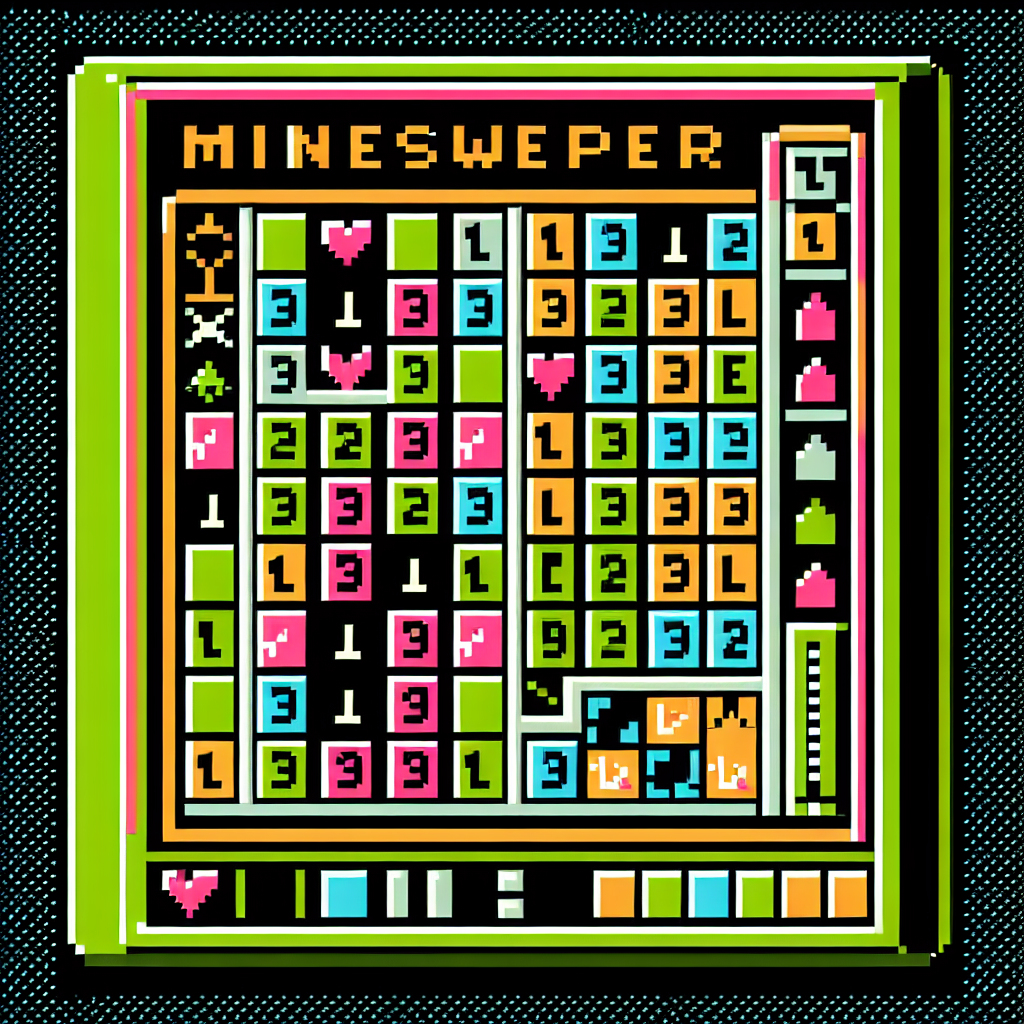Minesweeper: The Puzzle Game That Conquered Windows
Few games have reached as many desktops as Minesweeper. Bundled with Windows for decades, this unassuming puzzle game has been the subject of countless quick play sessions, office procrastination, and unexpected depth of strategy.
From Mainframes to Mainstream
While Microsoft’s implementation made Minesweeper famous, the concept dates back to the 1960s and 1970s with mainframe games like “Cube” and “Relentless Logic.” The core mechanic—using numeric clues to deduce the locations of hidden mines—remained remarkably consistent across these early versions.
Minesweeper as we know it today was programmed by Robert Donner for IBM’s OS/2 in the late 1980s, before being adapted for Windows 3.1 in 1992. Its inclusion as a Windows staple exposed millions of users to what may have been their first computer game.
More Than Luck
A common misconception about Minesweeper is that it’s primarily a game of chance. While luck certainly plays a role (especially on the first click), skilled players employ sophisticated techniques to increase their odds:
- Pattern recognition - Identifying common configurations of numbers
- Probability analysis - Calculating the likelihood of mines in uncertain areas
- Efficient workflows - Clearing large sections quickly with chord clicking (pressing both mouse buttons)
- Risk management - Deciding when to guess based on probabilities
A Tool for Learning Windows
Minesweeper wasn’t just a game—it was a subtle tutorial for Windows users. By encouraging players to use both left and right mouse buttons, Minesweeper helped millions become comfortable with basic mouse controls, double-clicking, and right-click context menus. Its simple interface and quick feedback loop made it an ideal introduction to graphical user interfaces in the early 1990s.
The Cultural Impact of Minesweeper
Minesweeper became a pop culture icon, referenced in TV shows, memes, and even speedrunning communities. Its instantly recognizable grid and numbered tiles are synonymous with classic PC gaming. For many, it was a gateway to computer literacy and a shared experience across generations of Windows users.
Competitive Minesweeper and Speedrunning
A dedicated community of Minesweeper enthusiasts has emerged, with players competing for the fastest times on various board sizes. The world record for clearing the Expert board is under 30 seconds, achieved through lightning-fast pattern recognition and mouse precision. Online leaderboards and fan-made clones have kept the competitive spirit alive long after its removal from modern Windows versions.
Variants and Modern Adaptations
Minesweeper’s core mechanics have inspired countless clones and variants, from mobile apps to web-based versions and even 3D adaptations. Some versions introduce new rules, power-ups, or multiplayer modes, but the original’s elegant simplicity remains unmatched.
Fun Facts and Trivia
- The first click in most modern Minesweeper versions is always safe, but this wasn’t true in the earliest releases.
- Minesweeper was removed from Windows 8, but lives on through open-source projects and retro gaming sites like Win95.fun.
- The game’s default smiley face icon is a nostalgic symbol for many PC users.
- Minesweeper has been used in research on logic, probability, and even artificial intelligence.
Play Minesweeper on Win95.fun
Experience the classic challenge and nostalgia of Minesweeper right in your browser. Compete for high scores, unlock achievements, and relive the golden age of Windows gaming—no installation required!
Failed to load quiz data
